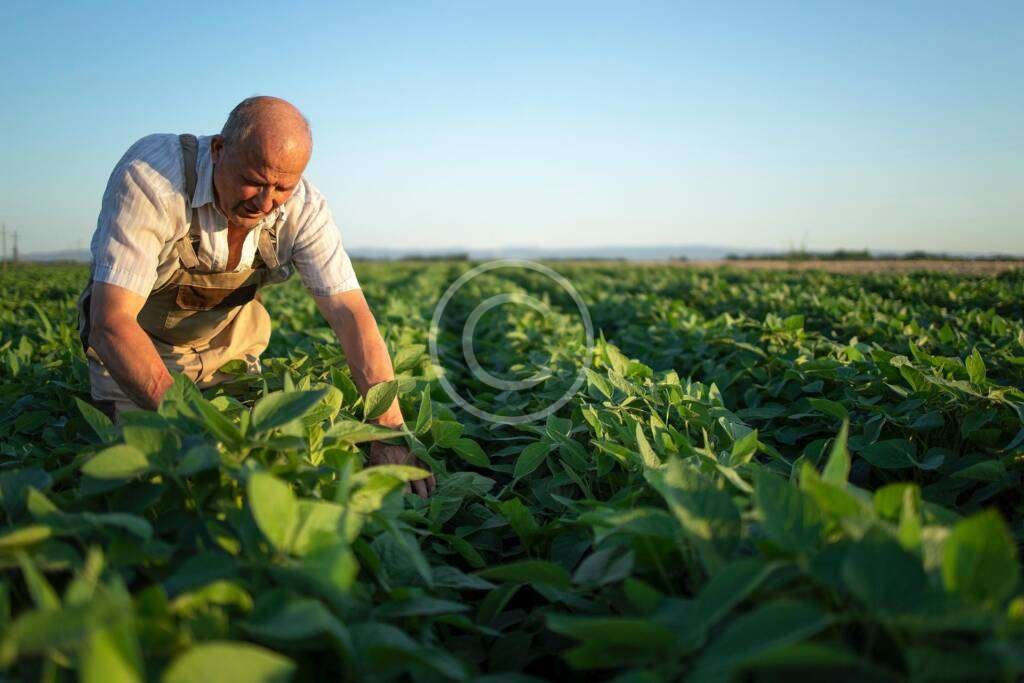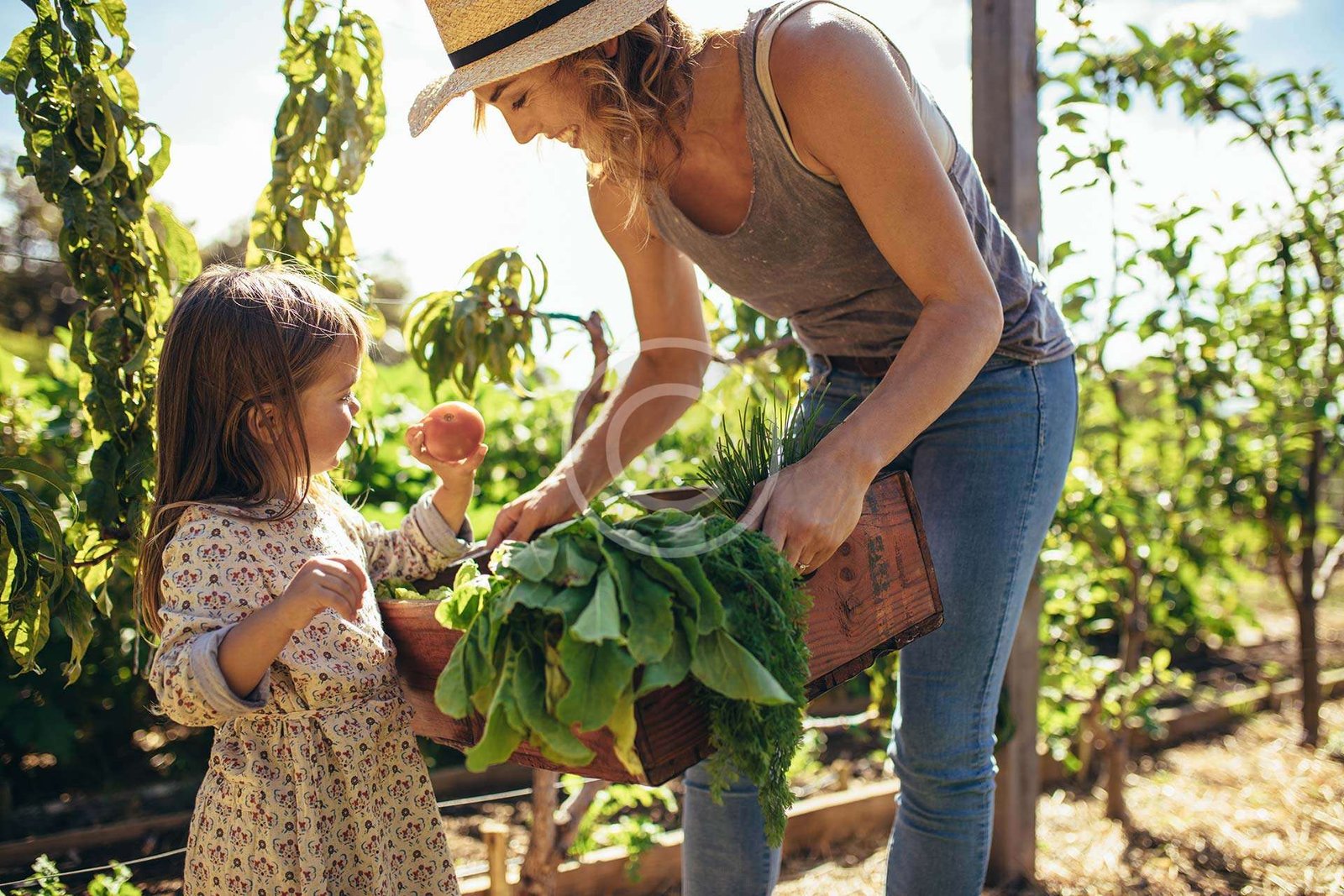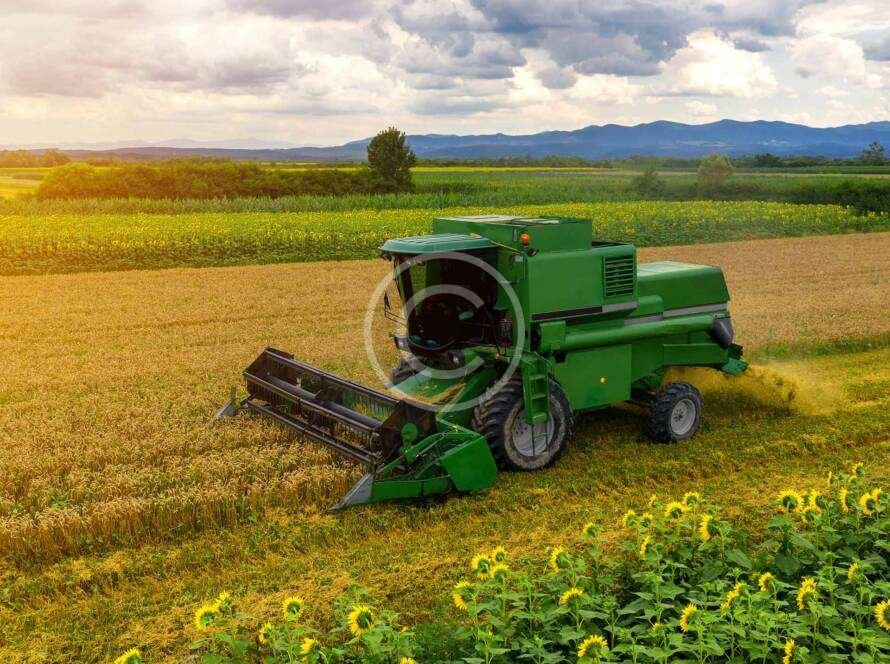Agriculture has always been at the mercy of weather patterns, with farmers relying on favorable conditions to ensure robust yields. However, with increasing climate variability and unpredictable weather events, traditional farming methods face significant challenges. This is where greenhouses come into play, offering a controlled environment that mitigates weather-related risks and enhances crop production.
The Impact of Weather on Agriculture
1. Temperature Fluctuations
Extreme temperatures, whether too high or too low, can adversely affect crop growth. Heatwaves can lead to dehydration and heat stress, while frost can damage or kill plants.
2. Unpredictable Rainfall
Both drought and excessive rainfall pose threats to crops. Drought conditions can lead to water stress, while heavy rains can cause flooding and soil erosion, washing away nutrients and damaging plant roots.
3. Storms and Natural Disasters
Severe weather events such as storms, hail, and hurricanes can destroy crops and infrastructure, leading to significant economic losses for farmers.
4. Seasonal Constraints
In many regions, growing seasons are limited by cold winters or excessively hot summers. These seasonal constraints limit the types and quantities of crops that can be grown.
Implementing Greenhouse Solutions
1. Selecting the Right Greenhouse Structure
Choosing the appropriate greenhouse structure depends on the specific needs of the crops and the local climate. Options range from simple hoop houses to advanced glass or polycarbonate greenhouses equipped with climate control systems.
2. Climate Control Systems
Investing in climate control systems such as heating, cooling, and ventilation is crucial for maintaining the ideal growing conditions. Automated systems can adjust the internal environment based on real-time weather data.
3. Efficient Irrigation
Implementing drip or hydroponic irrigation systems within the greenhouse ensures precise water delivery to plants, conserving water and enhancing growth.
4. Lighting Solutions
Supplemental lighting can be used to extend daylight hours, particularly during the shorter days of winter. LED grow lights are energy-efficient and provide the necessary spectrum for photosynthesis.
5. Monitoring and Automation
Modern greenhouses are often equipped with sensors and automation systems that monitor temperature, humidity, soil moisture, and other critical parameters. These systems can automatically adjust conditions to optimize plant growth.


The Advantages of Greenhouses
Greenhouses provide a controlled environment that protects crops from adverse weather conditions and extends the growing season. Here are some key advantages:
1. Temperature Control
Greenhouses allow farmers to maintain optimal temperatures for crop growth, regardless of external weather conditions. Heating systems can protect plants from frost, while ventilation and shading can prevent overheating.
2. Controlled Irrigation
With advanced irrigation systems, greenhouses ensure that crops receive the right amount of water. This is particularly beneficial in areas prone to drought or irregular rainfall.
3. Protection from Extreme Weather
Greenhouses act as a barrier against storms, hail, and heavy rains, safeguarding crops from physical damage. This protection reduces the risk of crop loss and ensures more consistent yields.
4. Extended Growing Seasons
Greenhouses enable year-round cultivation, allowing farmers to grow multiple crops throughout the year. This extension of the growing season increases productivity and can lead to higher profits.
5. Pest and Disease Management
The controlled environment of a greenhouse makes it easier to manage pests and diseases. Integrated pest management techniques and the physical barrier of the greenhouse can reduce the need for chemical pesticides.

Conclusion
Greenhouses offer a viable solution to the weather limitations faced by traditional farming. By providing a controlled environment, greenhouses protect crops from extreme weather, extend growing seasons, and improve overall productivity. As climate change continues to pose challenges to agriculture, the adoption of greenhouse technology is becoming increasingly important for ensuring food security and sustainable farming practices. Embracing this innovative approach allows farmers to mitigate risks and thrive despite the uncertainties of weather.


